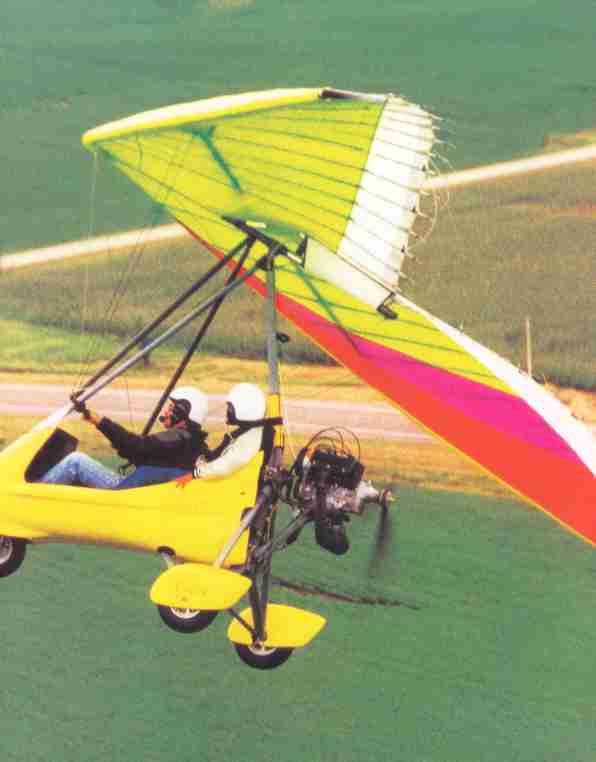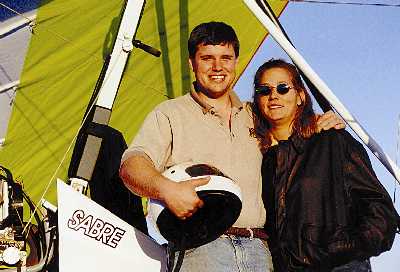
Richard Helms has been one of the stalwarts in the trike development among American companies. Enjoying a positive change in market share (by many expert opinions), trikes are finding customers all over the country. It may be news to you but Helms has been facing this demand for years. With some 300 machines in the field, Sabre may be the leading American brand. The Sabre stacks up well against the more elaborate machines from Europe. Across the Atlantic, trikes got expensive and complex as they searched for more buyers. Helms learned that Americans often admire simplicity and he built to this goal. However, some buyers want more feature laden aircraft. Realizing the potential for the growing light aircraft industry in the eastern European countries, Helms went overseas to cut a deal with Aeros of the Ukraine. In the summer of 1999, Sabre introduced the new Venture trike. With an airframe that makes extensive use of Titanium and a sleek fiberglass fairing, the two-place Venture is a veritable showplace for numerous beautifully hand machined parts.












